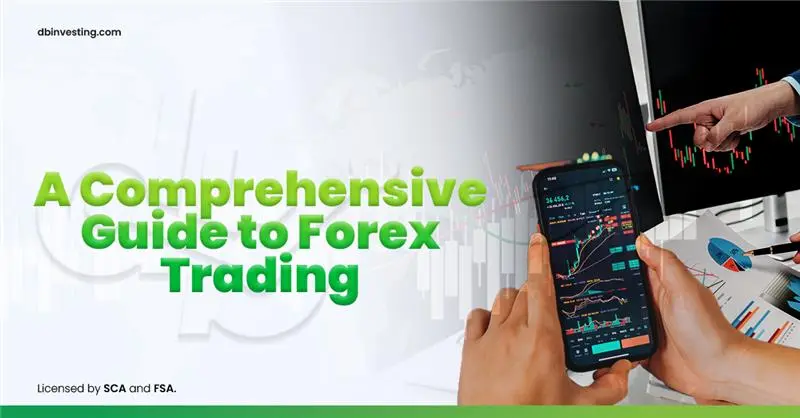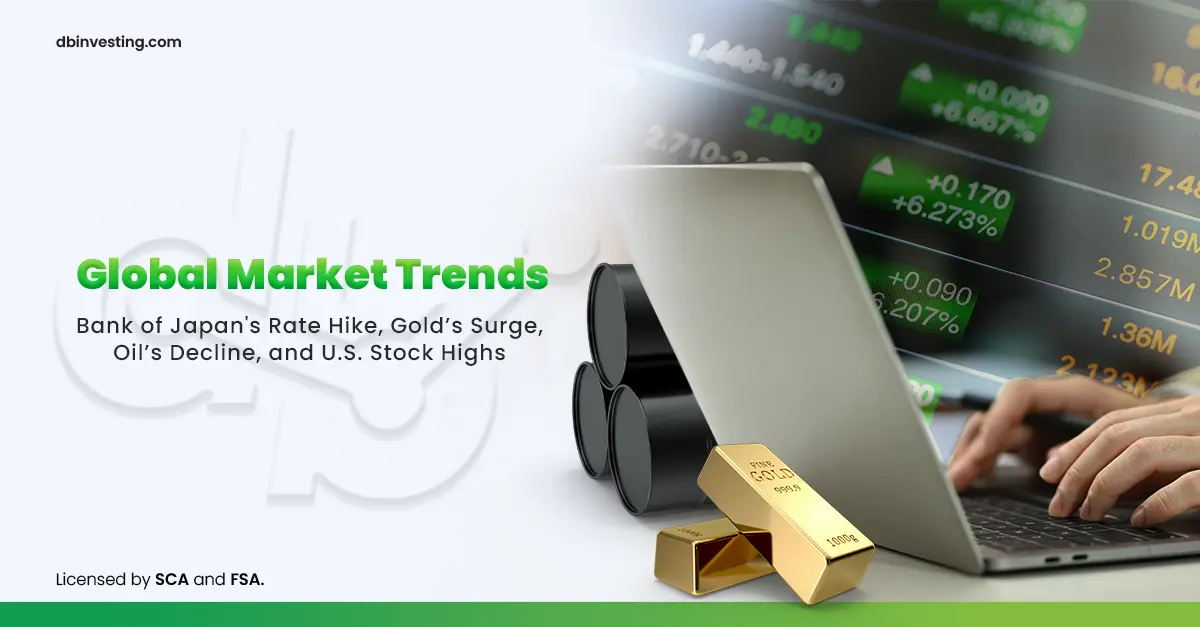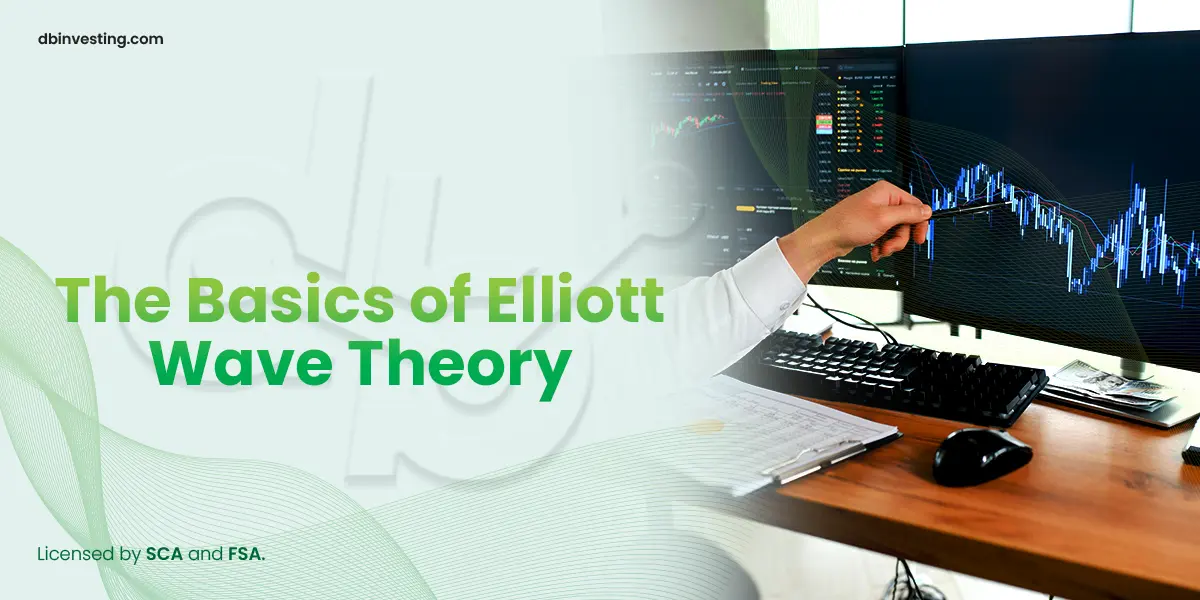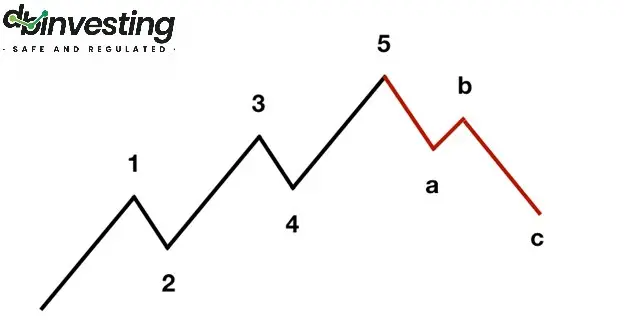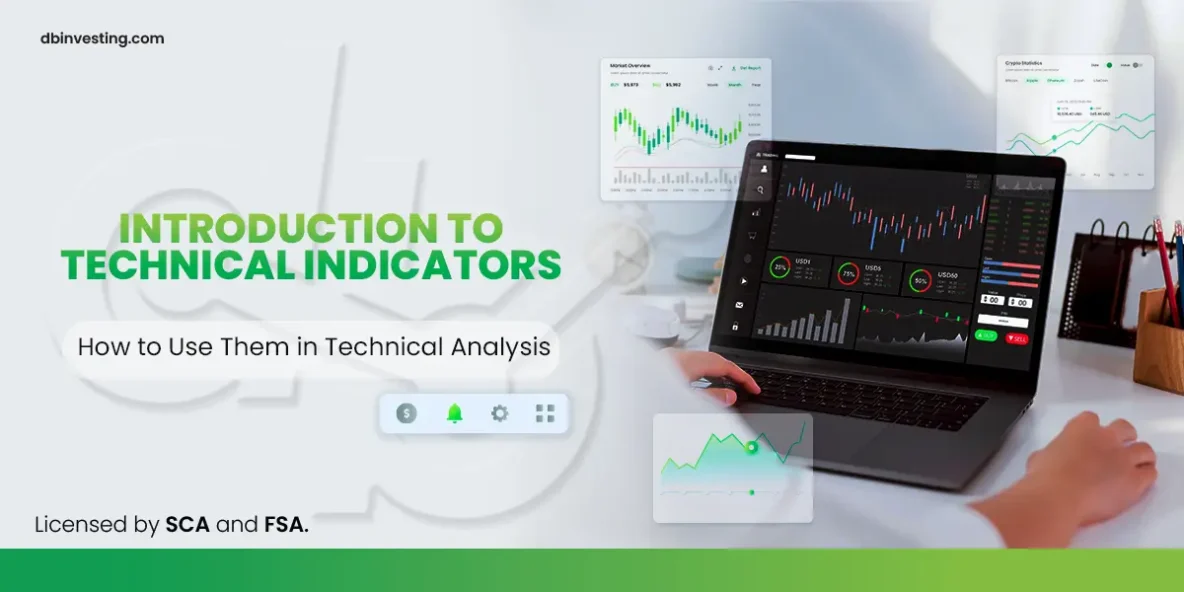Part One: Warren Buffett
Who is Warren Buffett?
Warren Buffett is one of the most prominent and wealthiest investors in the world. Until recently, he was even ranked as the richest person in the world by Forbes. His investment journey began in 1962 when he decided to buy shares in Berkshire Hathaway for $7.50 per share.
Under his leadership and exceptional vision, the value of Berkshire Hathaway shares has seen an incredible rise, with the current value of Class A shares exceeding $450,000 each. This historical jump in value embodies Warren Buffett’s investment genius and his skill in understanding markets and making financial decisions.
Warren Buffett’s Wealth
Everyone seeks to know the secrets behind achieving wealth in stock markets and exchanges. Warren Buffett is the living example of profitability in the stock market.
Few can compare their investment performance to that of this extraordinary investor, who has long been called the “Oracle of Omaha” due to his continuous success.
According to Forbes, Warren Buffett’s wealth reached about $96 billion in 2021, making him the sixth richest person in the world. Additionally, the market value of his company, Berkshire Hathaway, is estimated at over $638.08 billion, reflecting the success of his massive investment empire.
In this article, we will explore the most important tips and strategies Warren Buffett has shared, which help investors improve their financial performance and steadily move toward wealth creation in the financial markets.
Key Investment and Financial Success Tips from Warren Buffett
Warren Buffett is not just a successful investor, but a school of investment principles that contributed to his immense wealth.
Here are some of the most prominent tips given by this famous investor that could make a big difference in your investment journey:
- Diversify Your Investment Portfolio
His famous quote, “Don’t put all your eggs in one basket,” summarizes the importance of spreading investments.
There is no investment that is 100% safe, and therefore, diversifying your portfolio reduces risks and increases the chances of success.
This advice applies to all investors, whether they are beginners or professionals. - Prioritize Saving Overspending
Warren Buffett emphasizes the importance of saving as a fundamental step to building wealth. His golden piece of advice is:
“Save your money before you start planning your expenses.”
Following this simple approach helps you maintain your saving plan and achieve your financial goals. - Go Against the Grain
Warren Buffett says: “Be fearful when others are greedy and be greedy when others are fearful.”
This advice highlights the importance of trading against the general market trend. The best times to invest are often during crises, when prices are low, but the financial fundamentals of companies remain strong.
For instance, Buffett bought American Express shares when everyone expected it to collapse, based on one simple observation: people still used their cards.
He also invested in shares of Bank of America and Goldman Sachs after the 2007 crisis, benefiting from low prices and high future returns. - Avoid Buying Unnecessary Things
Buffett always advises reviewing your expenses, saying: “Buying unnecessary things will lead you to sell your necessary things.”
The wisdom here is to think carefully before spending on things that don’t add real value, as extravagance can affect your financial stability. - Believe in Your Own Opinion and Avoid the Crowds
One of his most influential tips is: “Don’t follow the crowd.”
Warren Buffett stresses the importance of staying away from market fluctuations and general trends, as the greatest successes often come from making bold and unexpected decisions.
Ignoring popular opinions and open media might sometimes be the key to seizing investment opportunities that others overlook.
Warren Buffett’s advice is not just words, but proven strategies through decades of success. Following these principles may be the first step toward improving your investments and achieving tangible success in the financial world.
“Invest wisely, be patient, and learn from the greatest investors” – this is the secret that can lead you to success.

